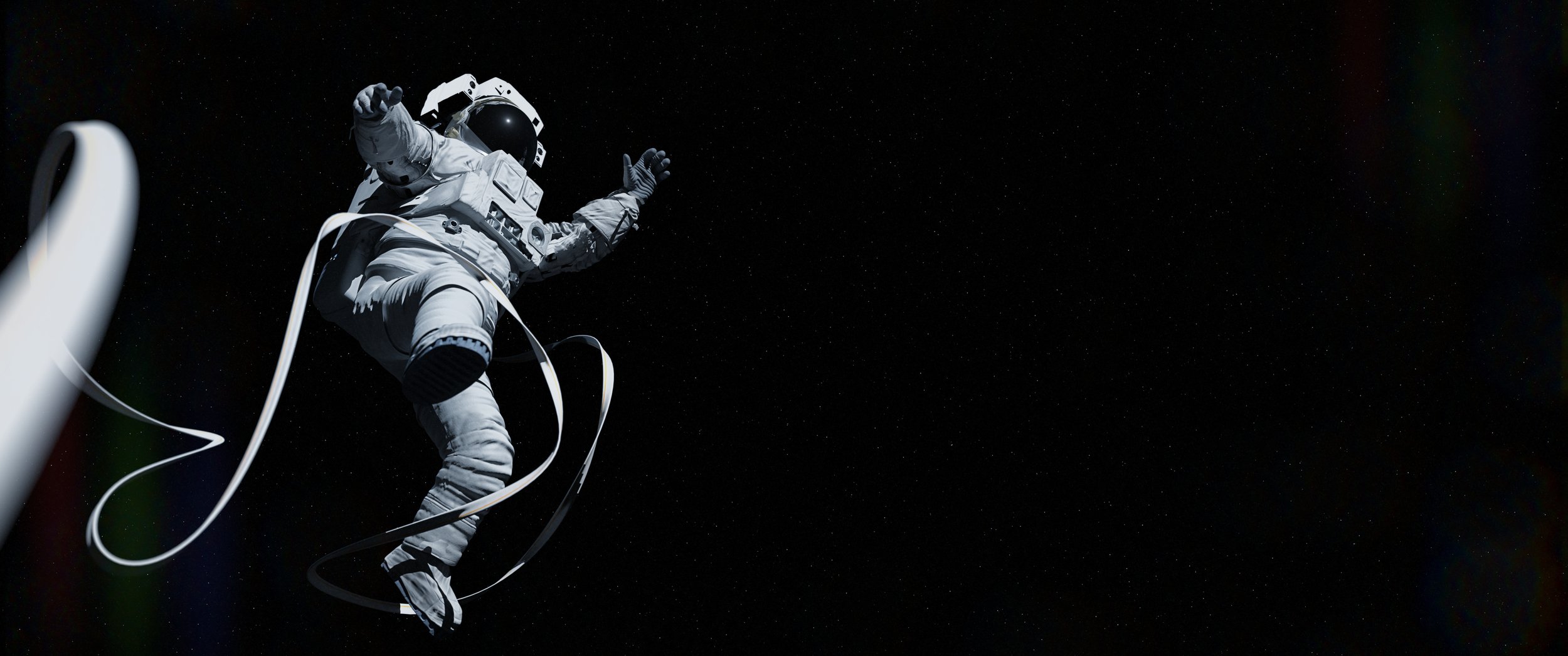THE LATEST STARBLOG STORY
Could extreme solar storms wreak havoc on Earth?
In Netflix’s recent disaster thriller Leave the World Behind, a series of catastrophic events plague the film’s characters while vacationing in Long Island, New York. A tanker ship rams into the coastline, self-driving cars go amuck, and there’s no internet to watch that final episode of your favorite show. As local tragedies unfold, calamities occur further afield — all provoked by an unknown instigator.
Has artificial intelligence or a rogue country hacked into cyberspace? Or consider an extreme solar eruption blasting toward Earth, wreaking havoc around the globe?
Fear not too much about this latter plot, as we are living in a golden age of heliophysics. And while a 1967 solar storm nearly provoked a nuclear war, we are more advanced today in our ability to predict the temperments of our Sun and avoid any end-of-the-world scenario from severe space weather.
To learn more about extreme space weather events and the space missions that help monitor and predict geomagnetic storms on Earth, we spoke with NASA heliophysicist Madhulika Guhathakurta.
Star Goddesses shares stories by and about women breaking boundaries in scientific discovery and space exploration.
THE ACCELERATED SEARCH FOR EXTRATERRESTRIAL LIFE
COSMIC analyzes data from the Very Large Array. Image: Jeff Hellerman.
Observing Everything, Everywhere, All At Once with Chenoa Tremblay
With an array of new radio telescopes and amped-up computers that process massive data sets, SETI scientists are able to observe more stars more often in search of an artificial extraterrestrial signal. As the project scientist of an ongoing SETI survey at the Very Large Array radio observatory, Chenoa Tremblay talks to us about her circuitous career, from accountant to chemist to SETI scientist, and weighs in on the evolution of other galaxies, stars, and intelligent life.
A SATELLITE’S VIEW FOR A MORE TRANSPARENT WORLD
Satellite image of an arctic heat wave in Greenland. Image: PlanetScope.
Navigating a Brave New Digital Earth World with Agnieszka Lukaszczyk
As Planet’s Vice President of Government Affairs, Agnieszka Lukaszczyk encourages global leaders to embrace a satellite constellation’s view of the world. When we first spoke to Agnieszka, she was pregnant with plans to give birth in her home country Poland. A borderland away, Russian forces had just invaded Ukraine. We caught up with her a year later to discuss motherhood and how Planet’s Earth Observation satellites help support humanitarian operations in Ukraine.



